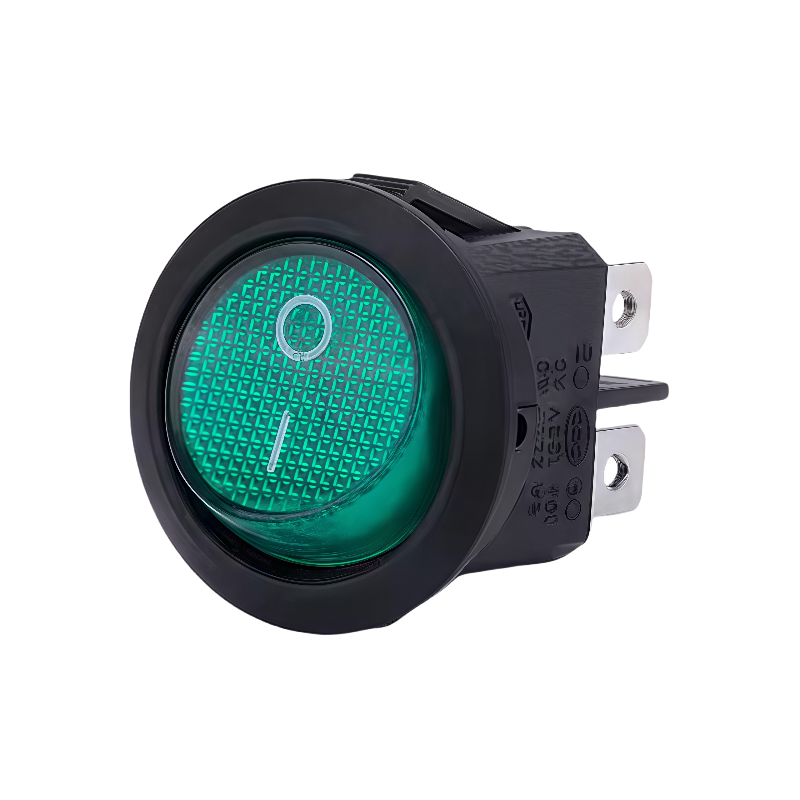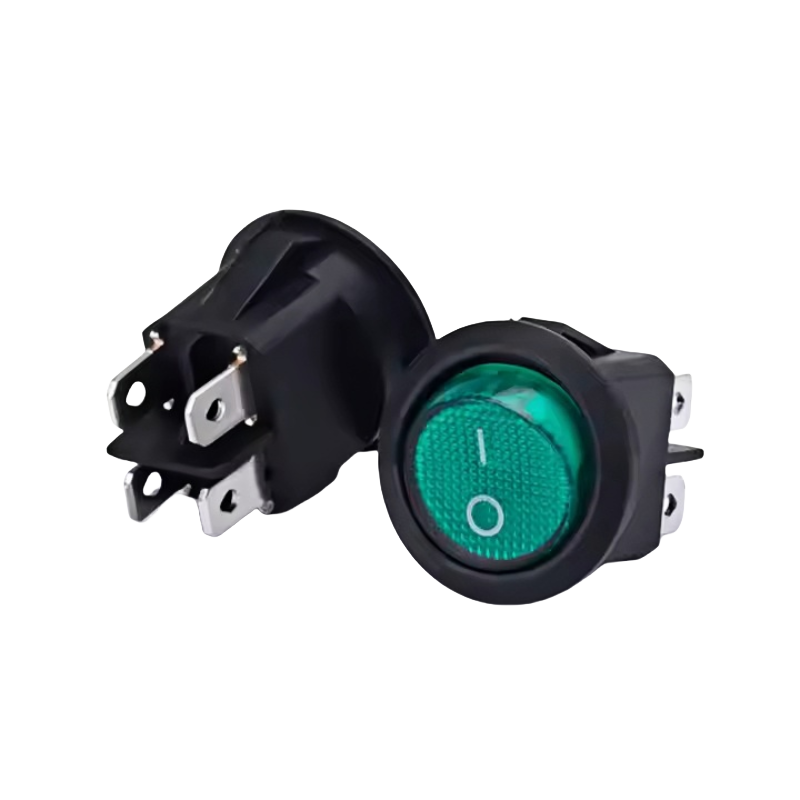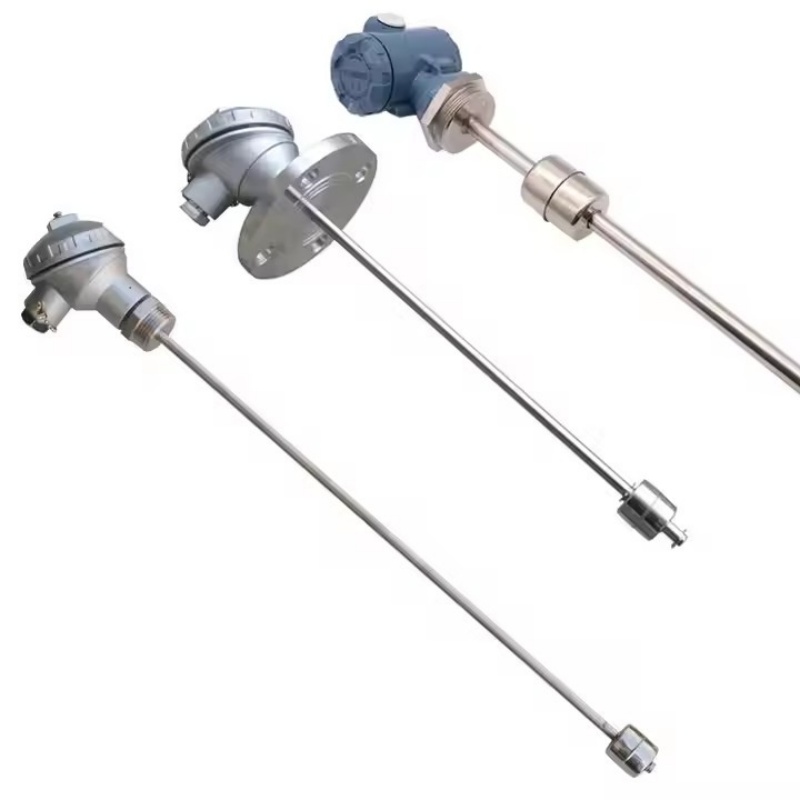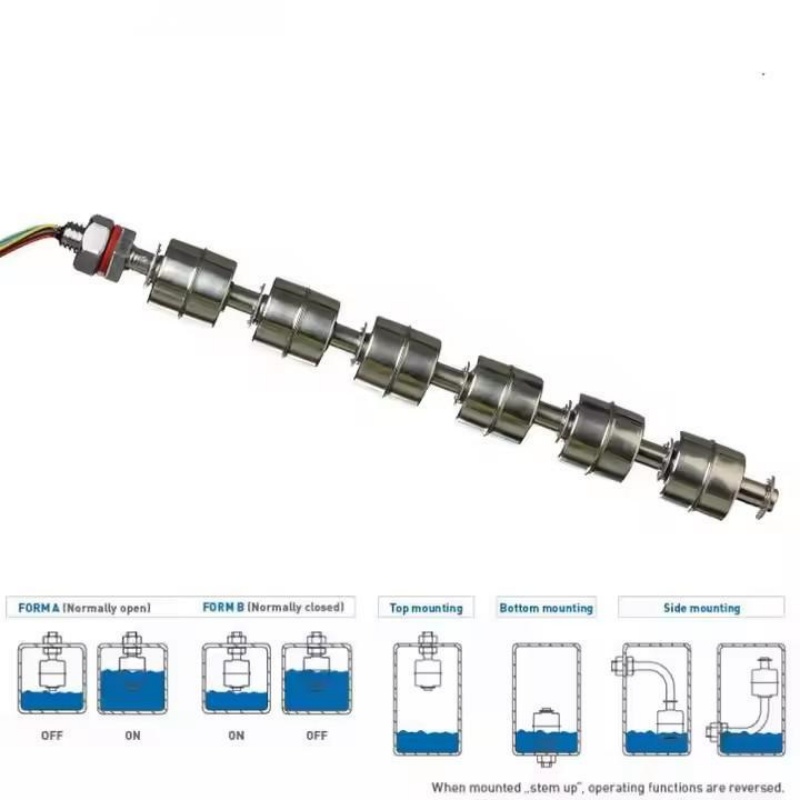Rocker switches, also known as toggle switches, are ubiquitous in modern electronics, serving as critical components in everything from household appliances to industrial machinery. Their unique “rocking” mechanism—where a lever moves up or down to control a circuit—makes them both user-friendly and highly reliable. This blog explores the technical principles, diverse applications, and evolving innovations in rocker switches, highlighting their role in shaping the future of electronic systems.

What Are Rocker Switches?
A rocker switch is an electromechanical device that controls the flow of electricity in a circuit by physically opening or closing contacts. Unlike traditional toggle switches, which require a push-pull motion, rocker switches use a pivoting action, making them easier to operate with minimal effort. The design typically features a central pivot point, with two stable positions (ON/OFF) and a neutral center position for tactile feedback.
Key characteristics of rocker switches include:
- Durability: Designed for thousands of operations without degradation.
- Compact Size: Available in miniature to large formats for varied applications.
- High Current/Voltage Ratings: Capable of handling loads from low-power circuits to high-current industrial systems.
- Customization: Options for LED indicators, waterproofing (IP67), and color-coding (e.g., red for ON, green for OFF).
Types of Rocker Switches
Rocker switches are categorized based on their electrical configuration and functionality:
- SPST (Single Pole Single Throw)
- Controls a single circuit path.
- Common in simple ON/OFF applications like lighting systems or basic appliances.
- SPDT (Single Pole Double Throw)
- Routes current between two circuits.
- Used in devices requiring switching between two modes, such as HVAC systems or audio equipment.
- DPST (Double Pole Single Throw)
- Controls two separate circuits simultaneously.
- Ideal for safety-critical systems, such as emergency stop buttons in machinery.
- DPDT (Double Pole Double Throw)
- Manages two circuits with two paths each.
- Found in complex industrial automation and robotics.
- Illuminated Rocker Switches
- Integrated LED indicators for visual status confirmation.
- Popular in automotive dashboards, control panels, and marine equipment.
- Waterproof/IP67-Rated Switches
- Sealed against dust, water, and oil ingress.
- Essential for outdoor, industrial, or harsh-environment applications.
Technical Advantages of Rocker Switches
- Ease of Use
The rocking motion requires less force than traditional toggle switches, reducing user fatigue. This is particularly beneficial in environments where frequent operation is required, such as automotive or medical equipment. - Reliability in Harsh Conditions
Advanced materials (e.g., polycarbonate, stainless steel) and sealing technologies ensure performance in extreme temperatures, humidity, or vibration. For example, IP67-rated switches can withstand submersion in water up to 1 meter for 30 minutes. - High Current Handling
Modern rocker switches support currents from 6A to 20A and voltages up to 250V AC/DC, making them suitable for heavy-duty applications like electric vehicles (EVs), power tools, and industrial motors. - Integration of Smart Features
Innovations such as temperature sensors, vibration monitoring, and Wi-Fi connectivity are now being embedded into switches. For instance, a smart rocker switch in a home HVAC system can adjust airflow based on ambient temperature data, enhancing energy efficiency.
Applications Across Industries
Rocker switches are indispensable across multiple sectors due to their adaptability and robustness.
- Automotive Industry
- Vehicle Dashboards: Control panels for lights, wipers, and climate systems.
- Electric Vehicles (EVs): High-current switches for battery management and motor control.
- Aftermarket Upgrades: Custom switches for off-road vehicles or performance tuning.
- Industrial Automation
- Machinery Control: Emergency stop buttons, conveyor belt systems, and robotic arms.
- Power Distribution: DPST switches for isolating circuits in factories or data centers.
- Consumer Electronics
- Home Appliances: Washing machines, microwaves, and coffee makers.
- Audio/Visual Equipment: Volume controls, input selectors, and power toggles.
- Marine and Outdoor Equipment
- Boat Controls: Waterproof switches for navigation lights, bilge pumps, and engine systems.
- Solar Power Systems: Switches for managing energy flow in photovoltaic installations.
- Medical Devices
- Diagnostics Equipment: ON/OFF switches for MRI machines or patient monitors.
- Surgical Tools: Precision switches for minimally invasive procedures.
Market Trends and Future Innovations
The global market for rocker switches is projected to grow significantly, driven by demand in electric vehicles, smart homes, and industrial IoT. Key trends include:
- Miniaturization and Integration
- Compact, surface-mount designs for space-constrained electronics.
- Multi-functional switches combining power control, LED indicators, and wireless communication.
- Sustainability and Eco-Design
- Use of recyclable materials and low-emission manufacturing processes.
- Energy-efficient switches with reduced standby power consumption.
- Smart Connectivity
- Integration with IoT platforms for real-time monitoring and predictive maintenance.
- Voice-activated or touch-sensitive alternatives for seamless user interaction.
- Customization and Aesthetics
- Color-coded and labeled switches for intuitive operation in complex systems.
- Ergonomic designs tailored to specific industries (e.g., aviation or healthcare).
Why Choose Rocker Switches for Your Project?
When selecting a switch for your application, consider the following advantages of rocker switches:
- Cost-Effective: Competitive pricing compared to alternatives like membrane or rotary switches.
- Proven Track Record: Decades of use in critical systems attests to their reliability.
- Scalable Solutions: Available in configurations for low-power hobby projects to high-current industrial systems.
For B2B clients, partnering with a supplier that offers technical support, customization, and compliance certifications (e.g., UL, CE) is essential to ensure seamless integration into your products.




